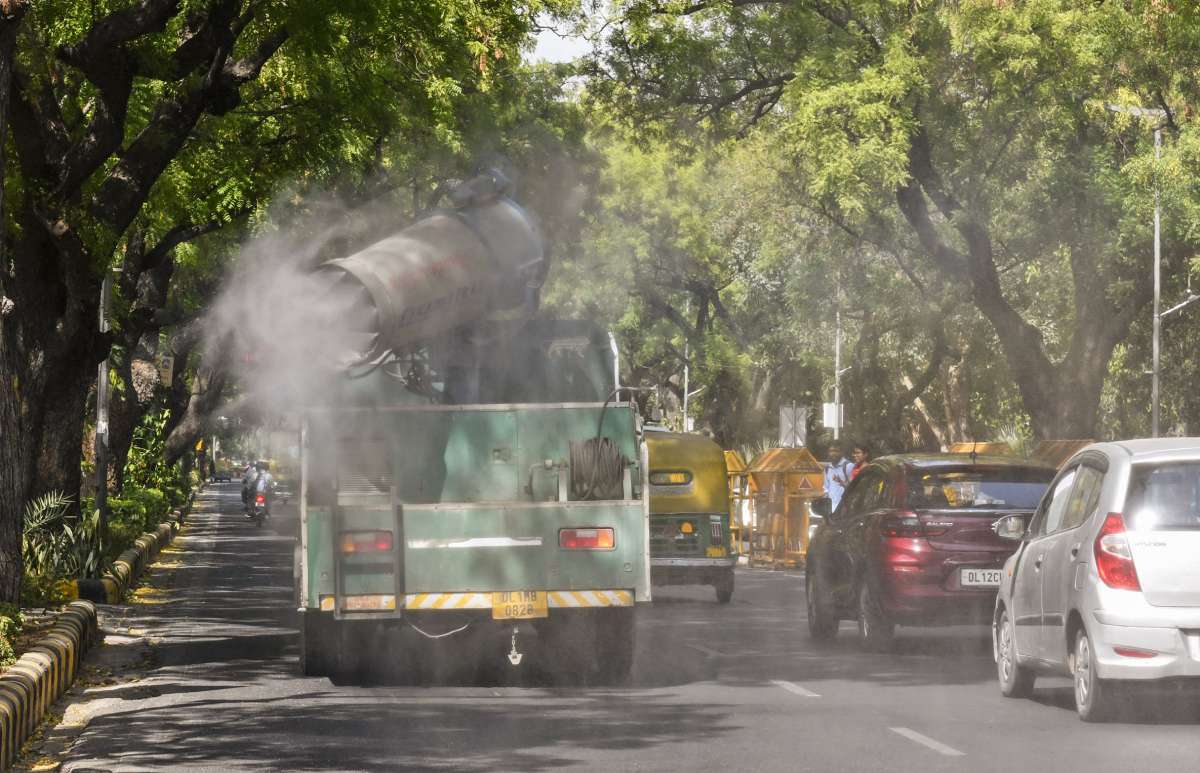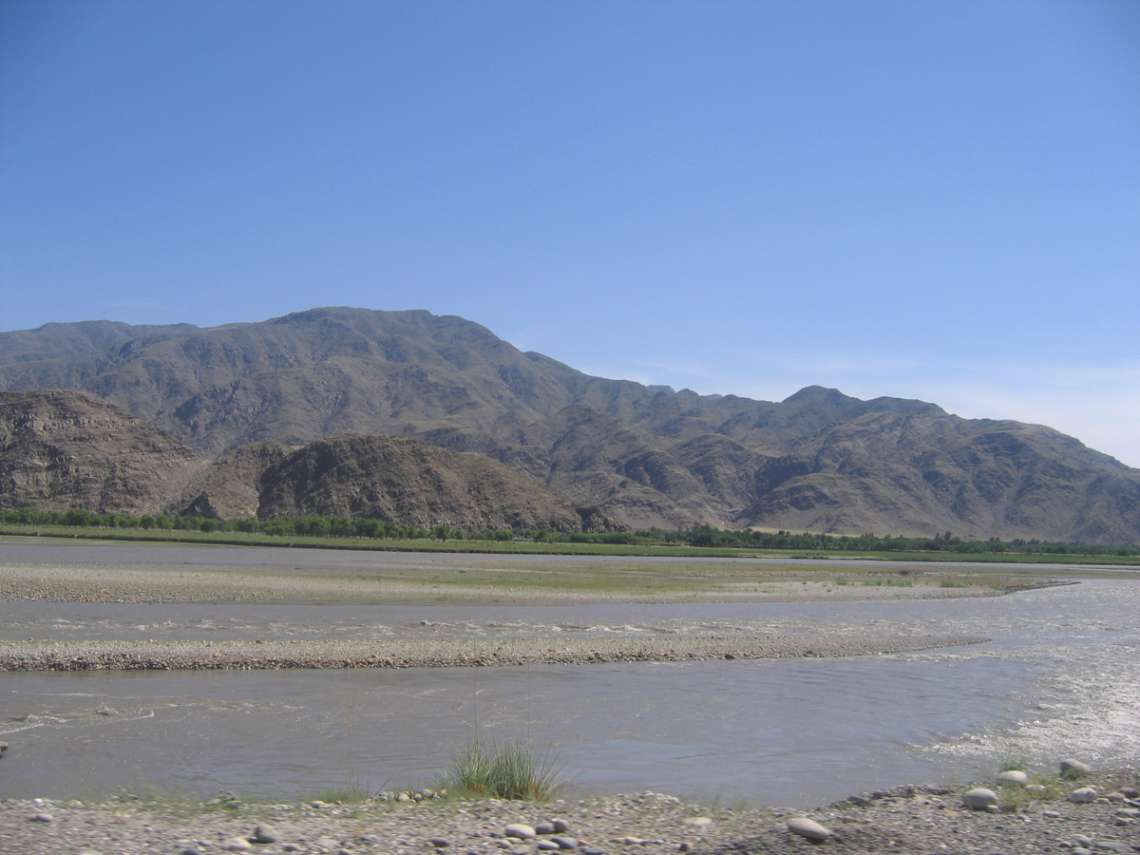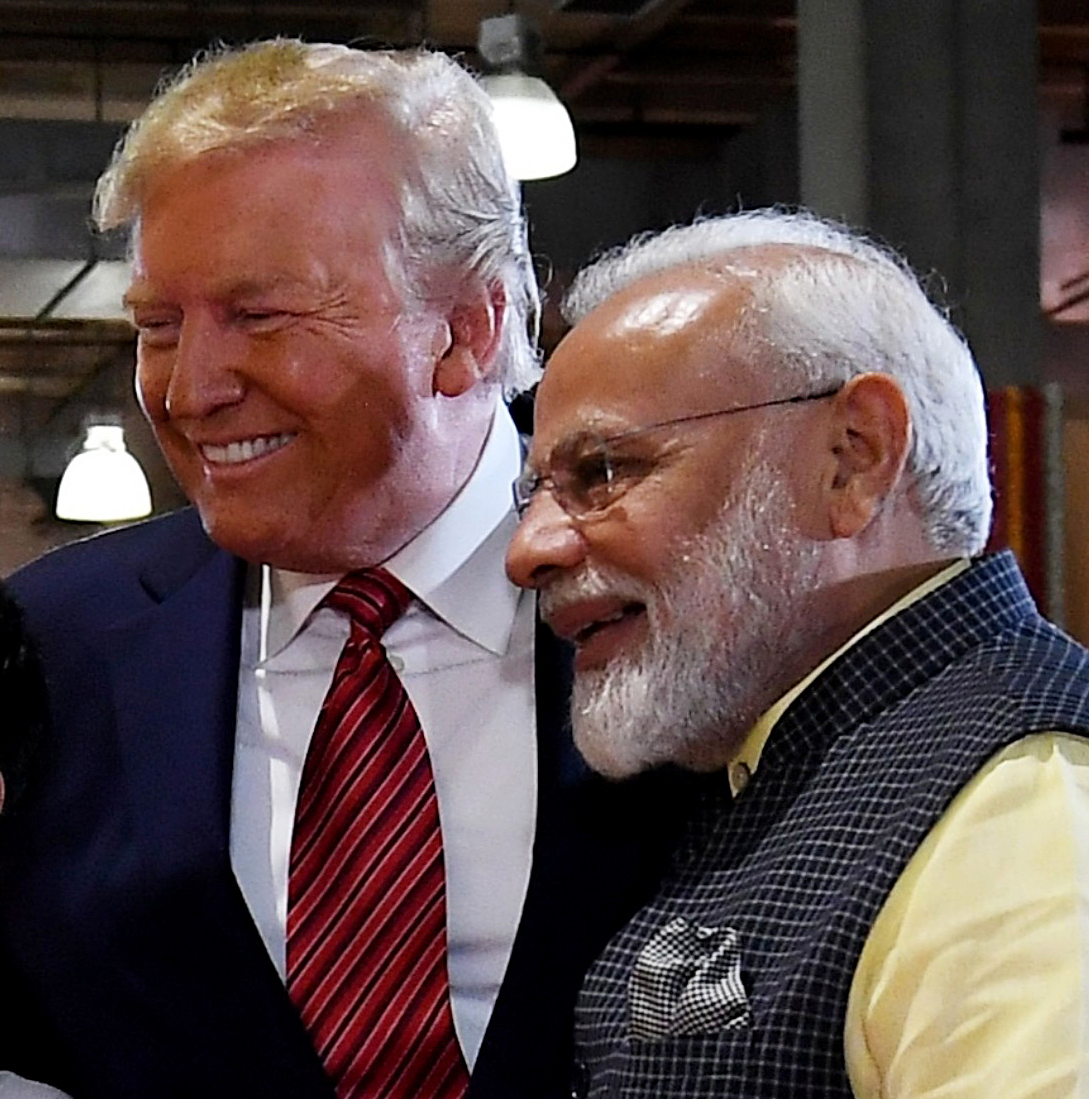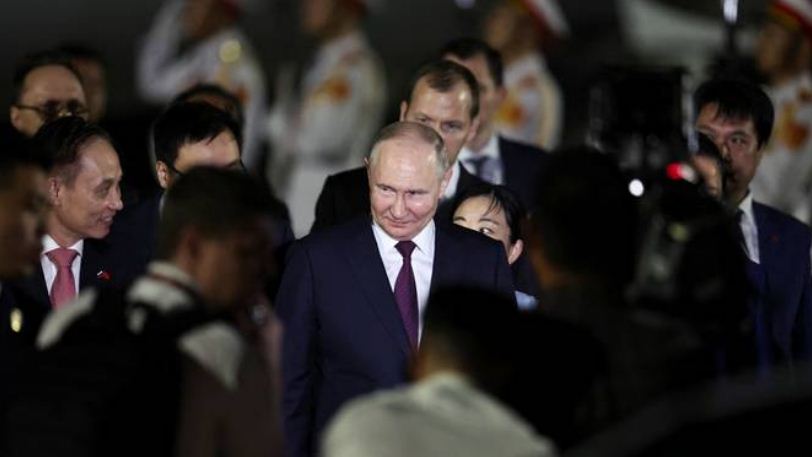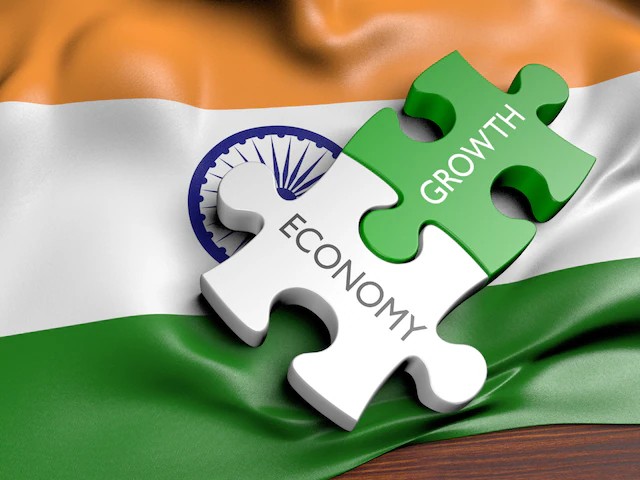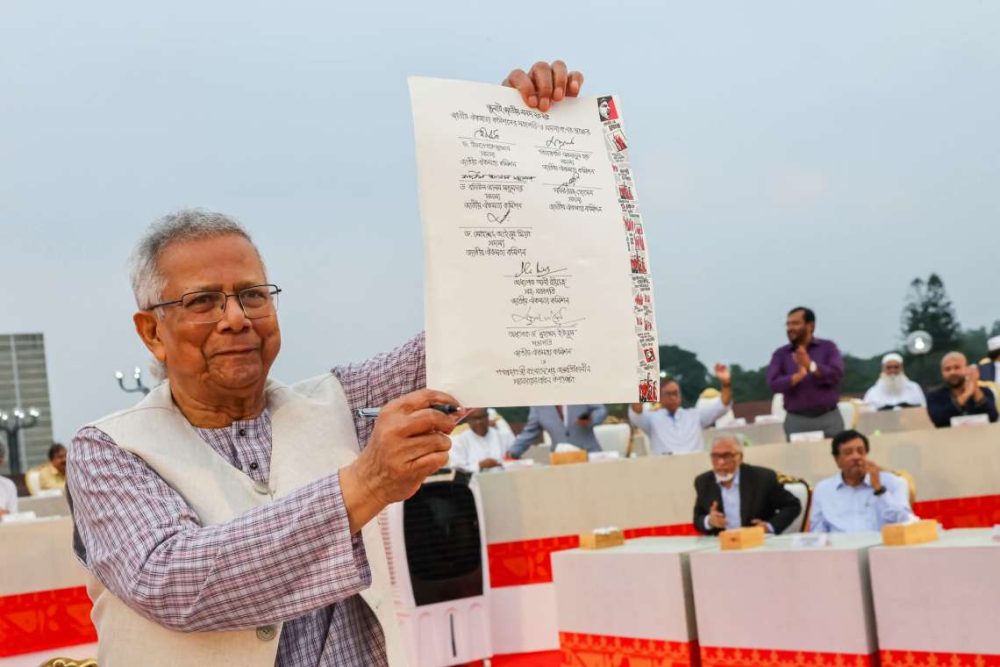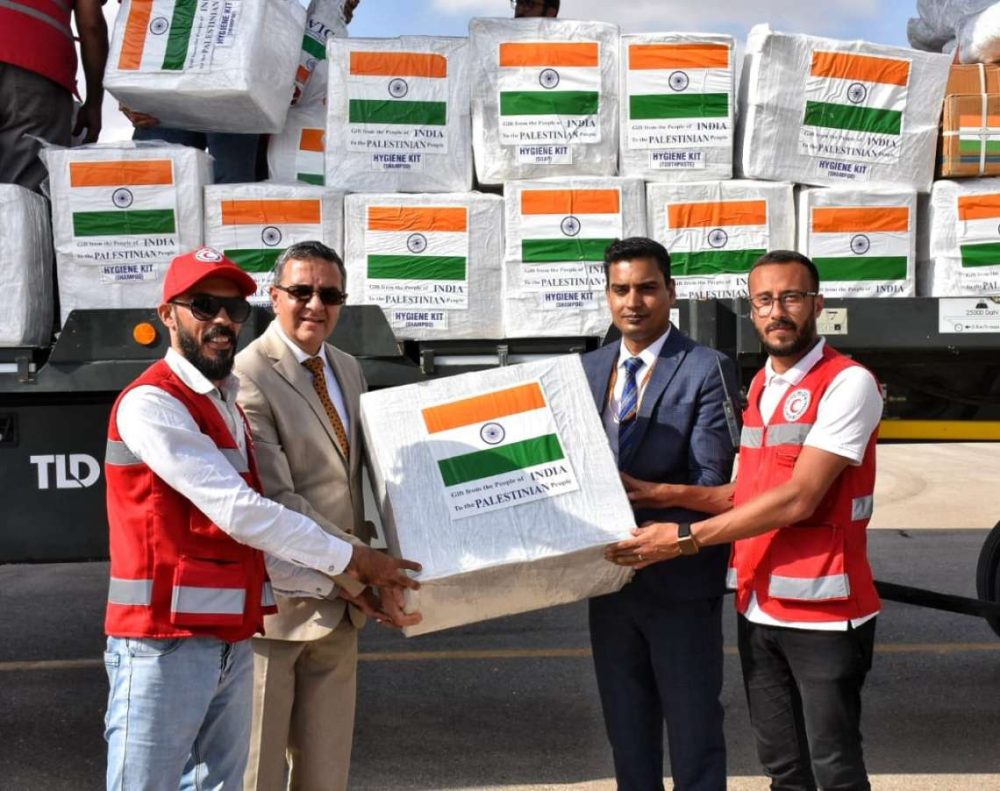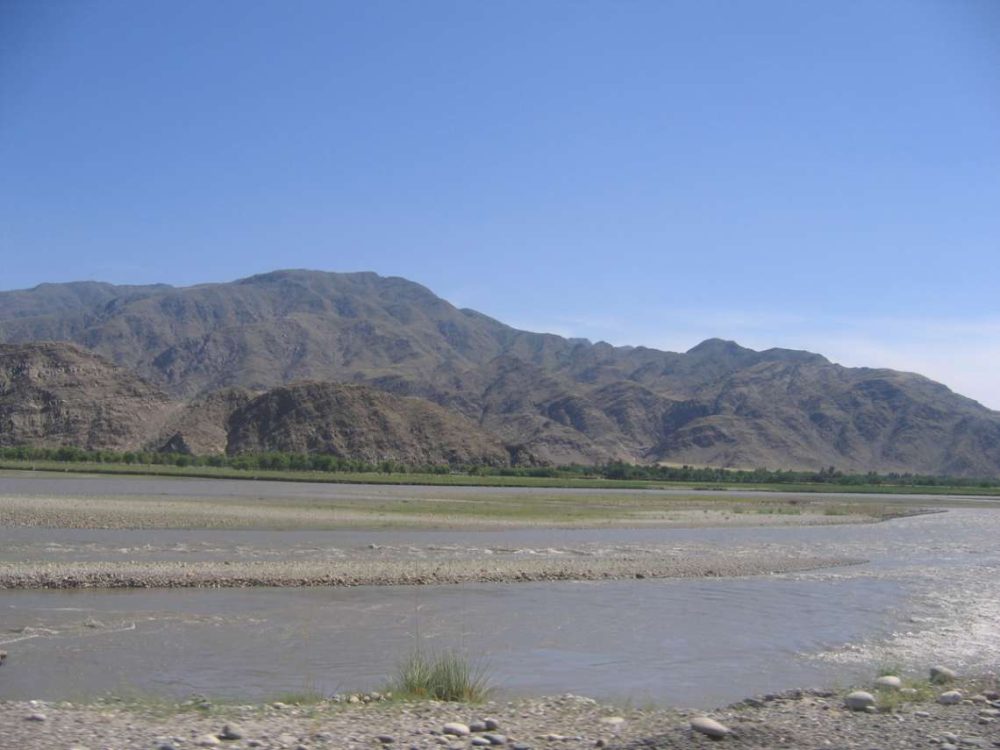The Monsoon’s progress has been delayed, particularly between June 12 and 18, extending the period of high temperatures in northern India….reports Asian Lite News
The northern and eastern parts of India are enduring an extended and intense heat wave, significantly increasing the number of heat stroke cases and prompting the Centre to advise hospitals to establish special units for such patients, media reported. According to the India Meteorological Department (IMD), a western disturbance might provide some relief in the coming days, though it is expected to be minimal.
The Monsoon’s progress has been delayed, particularly between June 12 and 18, extending the period of high temperatures in northern India. Temperatures have been soaring, with maximums ranging from 43 to 45 degrees Celsius in parts of Punjab, Haryana, Chandigarh, Delhi, Uttar Pradesh, and north Rajasthan.
In Delhi, hospitals have seen a sharp rise in heat stroke and heat exhaustion cases, alongside several fatalities over the past two days. A senior police officer reported discovering 50 bodies of people from underprivileged backgrounds across the capital within the last 48 hours, though the exact cause of death remains unconfirmed. Delhi’s maximum temperature hit 43.6 degrees Celsius, exceeding the normal by over four degrees, while the minimum temperature was 35.2 degrees Celsius, the highest for June since 1969.
The Centre-run RML Hospital received 22 patients in the last two days, resulting in five deaths and 12 patients on ventilator support. At Safdarjung Hospital, 60 heatstroke cases were reported, including 42 admissions and six fatalities. LNJP Hospital authorities reported four suspected heatstroke deaths in the same period.
Union Health Minister JP Nadda reviewed the heatwave situation, directing central government hospitals to start special heatwave units. The Union Health Ministry’s advisory to states included guidelines for preparing health facilities and instructed state Nodal Officers under the National Programme for Climate Change and Human Health (NPCCHH) to submit daily data on heatstroke cases and deaths from March 1, 2024. The advisory emphasized maintaining digital records of heatstroke cases and deaths at health facility levels and investigating suspected heat-related deaths.
The IMD reported that heatwave to severe heatwave conditions prevailed across Uttar Pradesh, south Uttarakhand, Himachal Pradesh, Haryana, Chandigarh, Delhi, Punjab, and parts of Odisha, Jharkhand, Bihar, and Jammu. A fresh western disturbance is anticipated to bring slight relief to the northern region, with potential light rainfall in Delhi on June 20. Light showers in Dehradun and thunderstorms in Shimla provided some respite in Uttarakhand and Himachal Pradesh.
Haryana saw Nuh recording 45.3 degrees Celsius, Faridabad 45 degrees Celsius, and Gurugram 43.6 degrees Celsius. Chandigarh experienced a maximum temperature of 43.1 degrees Celsius, while Punjab’s Sangrur and Pathankot recorded 44.8 and 44.3 degrees Celsius, respectively.
The intense heat has caused water shortages, with storage levels in reservoirs and rivers hitting record lows, affecting agricultural irrigation. Power grids are under severe strain, with an increase in short circuits and fires. The Northern Regional Load Despatch Centre (NRLDC) reported multiple tripping incidents on Monday, as power demand surged to 89.4 gigawatts (GW), leading to a supply gap of 16.5 GW in Haryana, Delhi, Punjab, Uttarakhand, Himachal Pradesh, Uttar Pradesh, Rajasthan, and Jammu & Kashmir.
Delhi’s peak power demand reached an all-time high of 8656 MW on Wednesday afternoon due to the massive use of air conditioners and other cooling appliances amid the relentless heat wave. The city has experienced temperatures above 40 degrees since May 12, with 16 days seeing the mercury reach or exceed 45 degrees.
The water crisis, exacerbated by the heat wave, led Delhi Water Minister Atishi to seek Prime Minister Narendra Modi’s intervention, threatening an indefinite hunger strike from June 21 if the issue remains unresolved. IMD officials highlighted that high minimum temperatures, or warm nights, worsen the impact of the heat wave, preventing the body from cooling down and leading to more nighttime fatalities.
India is facing one of its hottest summers, with multiple heat waves pushing millions to their limits and numerous states reporting heat-related deaths. The IMD noted that about 40 percent of the country has recorded twice the usual number of heat wave days. Rajasthan has reached 50 degrees Celsius twice recently, and Delhi has maintained temperatures above 40 degrees Celsius for 36 consecutive days.
Experts attribute the severe heat to climate change and the naturally occurring El Niño phenomenon, which involves unusual warming of the ocean surface in the central and eastern Pacific Ocean. While heat waves are typical in India during April and May, climate change has intensified their frequency and severity. Data indicates that 12 of the warmest years in India have occurred since 2006, with 2016 being the hottest year on record. The World Weather Attribution Group stated that similar heatwaves, previously occurring every 30 years, have become about 45 times more likely due to climate change.
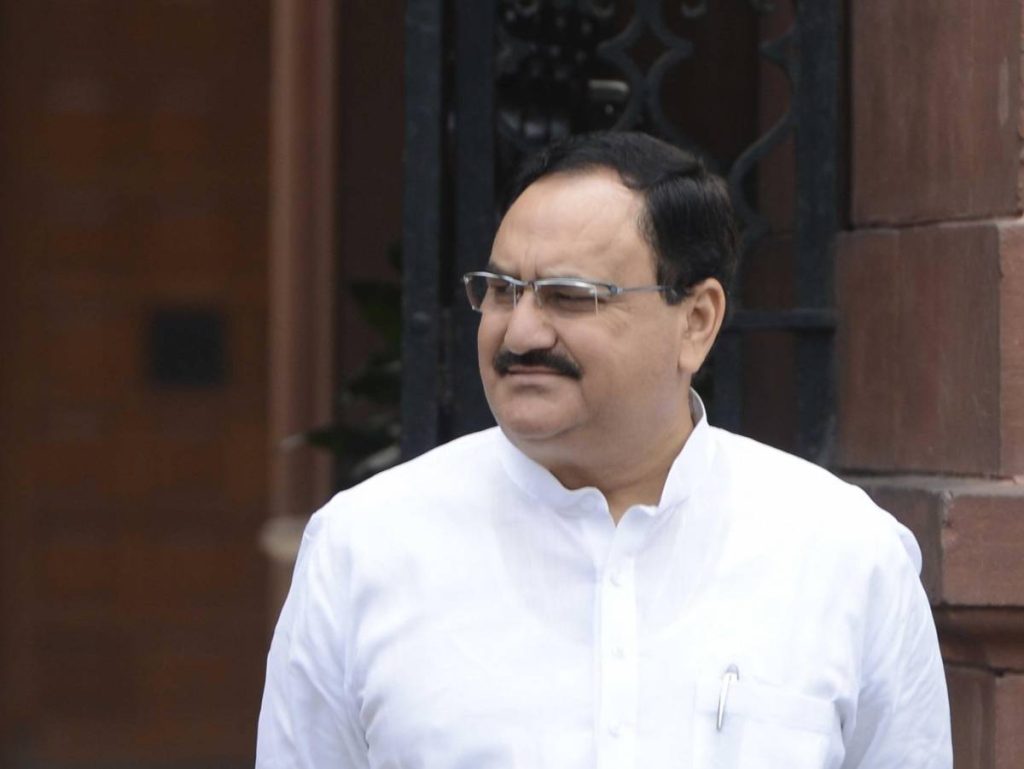
Nadda directs govt hospitals to set up heatwave units
Union Health Minister JP Nadda reviewed the heatwave situation across the country on Wednesday and instructed the establishment of special heatwave units in central government hospitals.
“Union Health Minister JP Nadda reviewed the heatwave situation across the country and preparedness of hospitals to deal with heatwave with senior officials of the Health Ministry, here today. The Health Minister has directed officials to ensure all that hospitals are prepared to provide the best healthcare to those affected by the heatwave. Nadda also directed for special heatwave units to be started in the central government hospitals,” as per a Ministry of Health and Family Welfare press release.
Under the direction of the Union Health Minister, an advisory has also been issued by the Health Ministry on Wednesday.
The heatwave situation and surge in heatstroke cases in the national capital have prompted an emergency response from Delhi and Central govt.
As per IMD, the maximum temperature of 43.6 degrees Celsius was recorded in the national capital on Wednesday.
Delhi Health Minister Saurabh Bharadwaj has directed all major hospitals to increase their bed capacity for patients suffering from heat-related illnesses.
Bharadwaj on Wednesday chaired an emergency meeting with heads of all major hospitals amid heatwave conditions and a surge in heatstroke cases in the national capital.
During the meeting, the Delhi Health Minister directed all major hospitals in the national capital to scale up their beds for patients with heat-related illnesses.
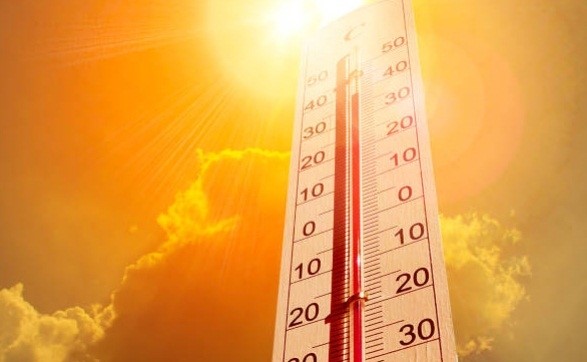
“Delhi Health Minister today chaired an emergency meeting with heads of all major hospitals amid heatwave conditions. He directed the hospitals to scale up their beds for patients with heat-related illnesses,” as per the Health Minister’s Office.
The Disaster Management Authority (DDMA) on Wednesday issued dos and don’ts to help citizens minimise the impact of the heat wave and prevent serious ailments or even death due to heatstroke.
As per the DDMA, citizens have been advised to avoid going out in the sun, particularly between 12 noon and 3 pm, which is when the sun’s rays are most intense.
The DDMA also recommends drinking plenty of water regularly, even if one does not feel thirsty, to stay hydrated.DDMA has also suggested wearing lightweight, light-coloured, loose, and porous cotton clothes to keep cool and using protective gear such as goggles, umbrellas or hats, and shoes or chappals while venturing out in the sun.DDMA has advised people to avoid strenuous activities when the outside temperature is high and to avoid outdoor work between 12 noon and 3 pm.
The DDMA has also advised people to carry water while traveling.
As the city battles the heatwave, the national capital’s peak power demand reached an all-time high of 8,656 MW at 3:06 pm, the highest ever in the history of the national capital, the State Load Dispatch Centre (SLDC) data stated on Wednesday.
The national capital’s peak power demand clocked 8000 MW for the first time on May 22, 2024. Since then, Delhi’s peak power demand has crossed the 8000 MW mark on nine occasions.
Lok Nayak Hospital has reported that nine patients were admitted during the last one week due to heatstroke.
Out of these nine patients, four are currently on ventilator support due to critical conditions and multi-organ failure caused by heatstroke. He added that on June 16, a patient died due to heatstroke.
“Currently, 9 patients are admitted in LNJP hospital. Out of the 9 patients, 4 patients are on ventilator support due to their critical condition and multi-organ failure due to heatstroke. On June 16, a patient died due to heatstroke,” Medical Director of Lok Nayak Jai Prakash Hospital, Suresh Kumar, told ANI.
According to Dr Ajay Shukla, Medical Superintendent of RML Hospital, 11 people were admitted to the hospital on Tuesday with heat stroke, the highest reported in a single day this season.
He said that since the beginning of the heatwave about a month or so ago at least 45 people have been admitted with heat-related ailments till date.
“A total of 22 patients have been admitted to the hospital and five have lost their lives due to suspected heatstroke. 12 patients are on ventilators and in critical situation. The majority of patients are labourers who work in extreme conditions,” the hospital official said.
Meanwhile, the India Meteorological Department anticipates the arrival of the Monsoon around June 30, offering some respite from the extreme weather conditions.
“Monsoon is expected to hit Delhi-NCR around June 30. Even today, we can expect dust storms and light-intensity rainfall activity in Delhi,” IMD scientist Dr Naresh Kumar told ANI.
The heatwave has also impacted flight operations at Indira Gandhi International Airport, causing delays.
A senior official in the Ministry of Civil Aviation said that flight operations have been impacted because of high temperatures and following safety guidelines. Flights get delayed sometimes or wait for the wind speed to settle down.
Another senior official with a domestic airline said that during high temperatures, the air becomes thin.
Aircraft require lift to take off and lift is affected by the density of the surrounding air. The effects of hot air are felt most during takeoff and the initial climb. Sometimes passengers might feel mid-air turbulence due to this reason.
“In extreme weather conditions like high temperatures and wind speeds, we proceed only after clearance from the Air Traffic Control, (ATC),” said the official.
As per the IMD, heat waves are a period of unusually high temperatures as compared to what is normally expected over a region. Heatwave is considered if the maximum temperature of a station reaches at least 40 degrees Celsius or more for plains and at least 30 degrees Celcius or more for Hilly regions.
Meanwhile, the flood situation in Assam’s Karimganj district is still grim as over 1.53 lakh people have been affected in the district.
The water levels of three major rivers of the district Kushiyara, Longai and Singla are flowing above the danger level mark and the flood waters submerged 225 villages in the district.
Mridul Yadav, District Commissioner of Karimganj district told ANI that, over 1.50 lakh people and 225 villages of the district have been affected by the deluge.
“Nearly 40 relief camps have set up in different revenue circles areas where around 12,000 people are taking shelter. Around 54,000 animals have also been affected and the flood waters submerged crop areas also,” Mridul Yadav said. (ANI)
ALSO READ: US Senator lauds India’s innovation, strategic potential


